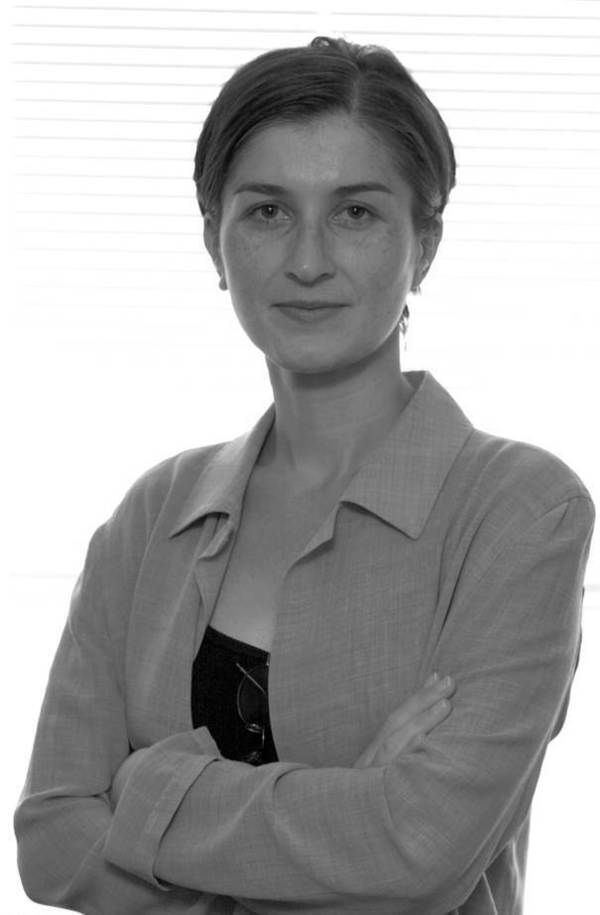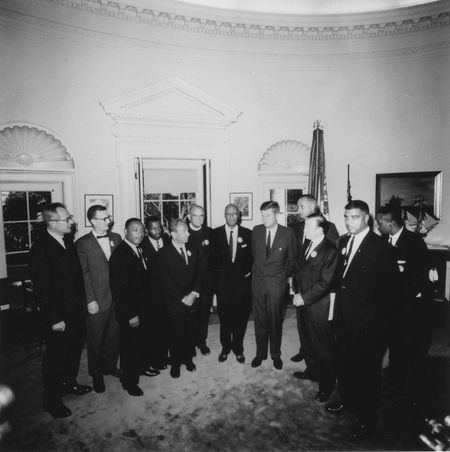On the Veil of Silence and the Discourse of Power
by Slavica Jakelić

It is impossible, we are often told, to understand the vision, organization, and successes of the Civil Rights Movement without acknowledging the role of black churches or the religious character of Martin Luther King, Jr.’s ideas and actions. While this approach is correct to highlight the Civil Rights Movement’s deep embeddedness in religion, it is also problematic as it does not attend to the pluralistic character of the civil rights struggle against racism and segregation. Just as that was the case with other 20th century social movements—the American labor movement in the early part of the century, the South African anti-apartheid movement in the mid to late century, and the Polish anti-communist Solidarity movement in the 1980s—the religious civil rights activists did not march alone but shoulder to shoulder with atheists, secular humanists, and non-theists.
Although these religious-secular alliances transformed the political and social landscapes of the contemporary world, they are still mostly shrouded in a veil of silence. What are the reasons for that silence? Why don’t we talk more and know more about the collaboration between socialist and Catholic labor union leaders, between King and Asa Philip Randolph, between Father Józef Tischner and Adam Michnik in Poland, between Bishop Desmond Tutu and Chris Hani in South Africa?
One of the important reasons for the lack of discussions about such collaborations is the focus on conflict that has long defined our thinking about religions and secularisms. The emphasis on conflict, it is important to underline, is not without foundation. Historically, it highlights the real events in which religions and secularisms confronted each other—from various religious rejections of the secularizing aspects of modernity (liberalism and revolutions, religious freedom, and even democracy) to the anti-religious policies of the Soviet communist states (ranging from direct religious persecutions to more sophisticated modes of religious oppression and control). Sociologically, the view of religious-secular relations as defined by confrontation mirrors growing doubts about the secular states’ ability to address the challenges of pluralism. This view also stems from the persisting suspicions that some secularists and some believers have toward religious organizations and communities that demand a place and voice in public life.
In other words, it is impossible to disregard the past and present cases of distrust and clashes between secular and religious institutions, secular and religious individuals, or to ignore the seriousness of the contemporary religious-secular disputes over the foundations and boundaries of individual and collective freedoms. At the same time, even a brief look at the 20th century social movements suggests that the argument about the inevitable religious-secular conflict is too neat and too cogent to adequately express the complexity of religious-secular encounters.
The argument about conflict requires theoretical attention as well because it is most often grounded in the discourse of power. The capacity to understand the multiple dimensions of power, including the powers of the secular, is pertinent to any study of religions and secularisms. Take, for example, the ways in which discourse of power shapes the analysis of nation states. This perspective reveals that, whenever secularism is the ideology of nation states, the states are not neutral actors but instead privilege some worldviews over others, sometimes attempting to posit secularism as constitutive of pluralism and a framework for mitigating that pluralism. Furthermore, the discourse of power helps explain why the social scientific study of religion is not an objective analytic endeavor but rather stems from a secularist and secularizing view of what religion is and what it should be.
Notwithstanding such important insights, it is also necessary to ask: does the discourse of power constrain our capacity to fully appreciate the democratic potential of religious-secular encounters? The discourse of power, for instance, can recognize the religious-secular alliances in the 20th century social movements, but how does it interpret such alliances? Is it open enough to understand the religious-secular collaborations in any other way except in terms of strategic resistance to the common foe, a joint opposition to oppression, and a pragmatic march toward the position of power?
There is, of course, no doubt that the labor movements and Civil Rights Movement in the United States and the anti-apartheid and Solidarity movements abroad are stories about pragmatic alliances and political strategies. But the movements in question are also contexts in which, to paraphrase James Jasper, individuals and communities probed their moral intuitions and attempted to articulate those intuitions as political principles. Put simply, the mentioned movements were not just a push against the oppressive states, they were also a battle for the world as it could be—for the shared moral ideals of racial justice, economic equality, and political freedom. For King and Randolph, Tischner and Michnik, Tutu and Hani, then, their struggle was not just about power and empowerment, it was also about sacrifice.

But while unmasking these categories, the critiques (and rejections) of the religious-secular binary do not provide a way out of the reductive thinking about either religion or secularism, or about their encounters in the context of social movements. These critiques, just like the critiques of the religious-secular conflict, emerge from the same sources—the discourse of power and, most specifically, the view that the history and content of the religious-secular binary is a product of the powers of the secular.
Yet, is this the only way to understand the religious-secular binary? It is important to see that, once we move beyond the discourse of power, the religious-secular binary emerges as a way to retrieve the religious-secular encounters not as reducible to the powers of the secular but as a productive tension between religions and secularisms. The productive aspect of this tension stems from the full engagement between religious and secular actors, in which they recognize the irreducible differences of their religious and secular worldviews but also see the moral concerns they have common.
Conceptualized this way, the analysis of labor and Civil Rights Movements as well as anti-apartheid and Solidarity movements can attend to the difficulties in the collaborations between socialists and Catholics, King and Randolph, Father Tischner and Michnik, Bishop Tutu and Hani. Not being focused exclusively on the dynamics of power—the mechanisms of resistance and opposition—the analysis can also show how these activists and leaders recognized the shared ideals of racial, economic, and social justice, and how they created religious-secular alliances without which the successes of the 20th century social movements would have hardly been possible.
Put simply, once outside of the discourse of power, the analysis of social movements can lift the veil of silence from the religious-secular collaborations without reducing them to the matters of strategy and power relations. It can show what is possible when, in Pope Francis’s words, believers and non-believers meet while doing good.
Slavica Jakelić
Fall 2011 NDIAS Fellow
Assistant Professor of Humanities and Social Thought, Valparaiso University
Associate Fellow of Institute for Advanced Studies in Culture, University of Virginia